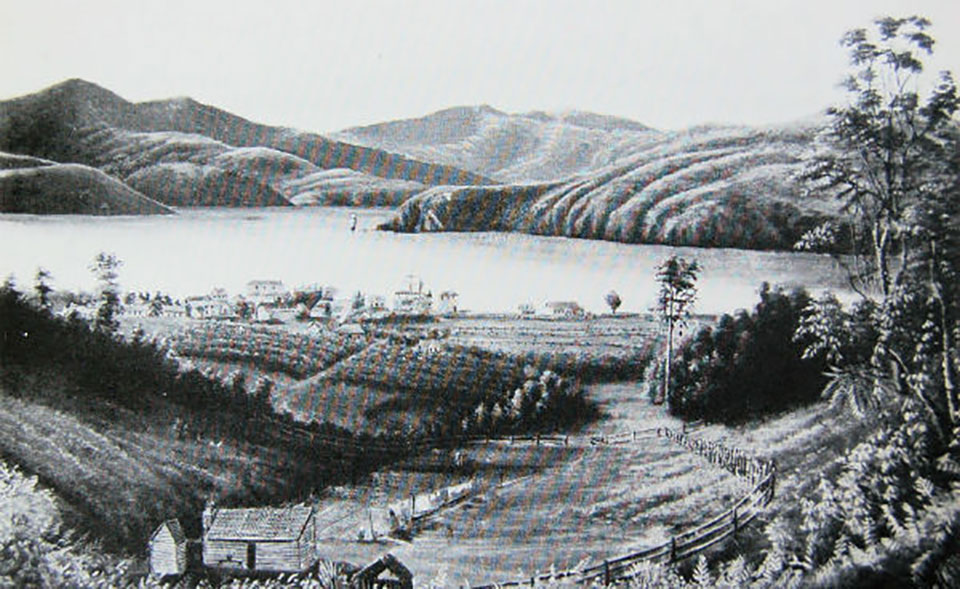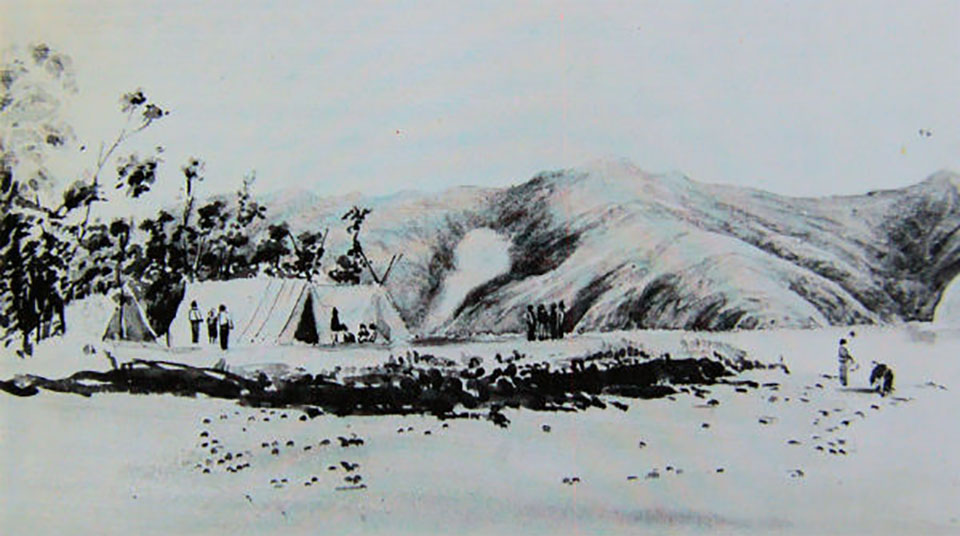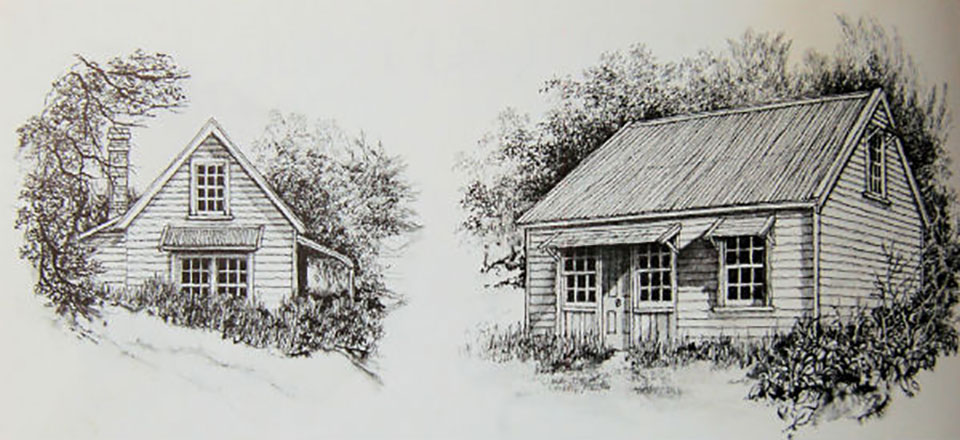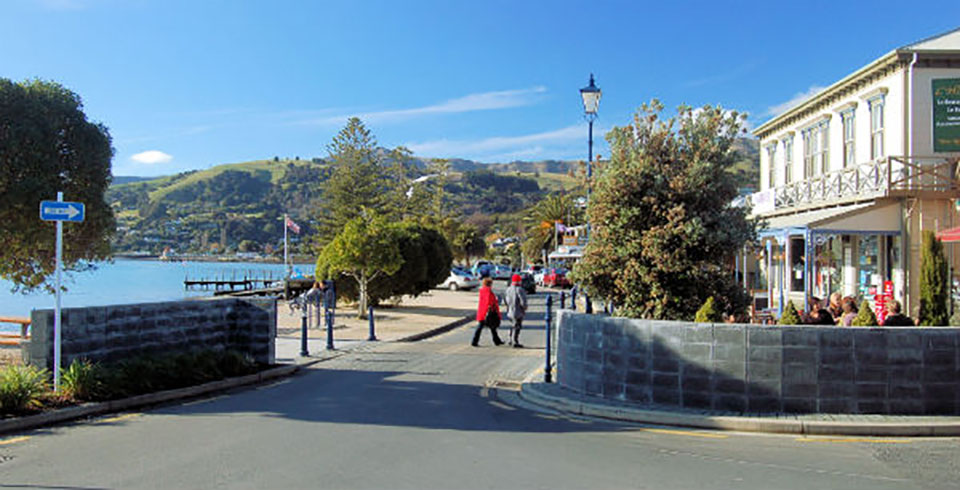Visit Akaroa
Situated just an hour’s scenic drive from Christchurch, Akaroa is one of New Zealand’s most picturesque villages. Set in the beautiful Akaroa Harbour the town is comprised of two parts. The first part of town was originally settled by the French and houses the more commercial side including the historical council chambers, the old Post Office, the original bank and other businesses that serve today’s local community. Around from the beach is the second part of town that was settled by the English. Today most of Akaroa’s cafe’s, restaurants and tourist businesses operate here.
Akaroa has a very relaxed and friendly feel to it due in some part to the retention of many of the historical buildings. Unlike some of New Zealand’s other popular tourist towns which has seen some unsympathetic developments, Akaroa remains one of New Zealand’s most historical and beautiful villages.
Today there is a permanent population of around 500 people. On a busy summer’s day, however, it is not uncommon to see more than 7,000 people visiting Akaroa.
History
French History
Akaroa was the only attempt at French colonization in New Zealand and although the French settlers were few in number their influence has remained and is evident around the town.

Akaroa township and harbour 1866
The beauty of Akaroa impressed Jean Francois Langlois captain of the French whaler Cachalot when he first sailed into the harbour in the 1830’s and he saw the possibilities for colonization. He was impressed with the deep water suitable for a port, the richly timbered hills and the promising climate. Most importantly however the French were concerned the British might extend their control to include South Island ports which would jeapardise their whaling operations. Whale blubber was rendered down to create oil which was in turn used to light the streets of Paris and other cities. As the North Island at the time was already well populated by the English, swift action was required if the South Island was to become a French colony.
Langlois felt that Akaroa, on the Banks Peninsula, would make an excellent French base, and began forming plans to take the South Island for France. He negotiated with and obtained signatures from 12 Ngai-Tahu Maori chiefs from Port Cooper, whereby he bought most of Banks Peninsula, on the east coast of New Zealand.
In January 1840 back in the French port of Rochfort, 63 emigrants, 6 of whom were German, boared the Comte de Paris bound for Akaroa under the command of Captain Langlois. Each man was promised a grant of five acres of land, and boys aged between 10 and 15 promised two and a half acres. The Comte de Paris was joined a month later by the warship L’Aube captained by Captain Lavaud. Captain Lavaud’s instructions were to represent the French Government until the arrival of a Governor. However by the time the vessels arrived in New Zealand in April 1840, the Treaty of Waitangi had been signed between the Maori Chieftains and the British at the Bay of Islands installing Captain William Hobson as Lieutenant Governor of the entire country.
Lavaud was unsure if the treaty included Akaroa but when Hobson sent the HMS Britomart to Akaroa to reinforce British claims by a formal ceremony, Lavaud raised no objection. When the L’Aube and the Comte de Paris finally arrived in Akaroa in August 1840 they landed at French Bay. The 6 Germans were allocated land at Takamatua formerly German Bay. After such a long and arduous trip they decided to stay. The French Government requested the British Government to protect the rights of French landowners in New Zealand, and this was agreed upon in 1841.

The first encampment at Akaroa circa 1840
The French became part of the larger community when the first major contingent of British settlers arrived at Akaroa on 02nd April 1850, eight months before the arrival of the ‘First four ships’ to Canterbury. The French immigrants were located at the north end of the beach; the British settled the south end. There was however an intermingling of the two cultures which is still evident in the community today.

Historic cottages in Rue Grehan

